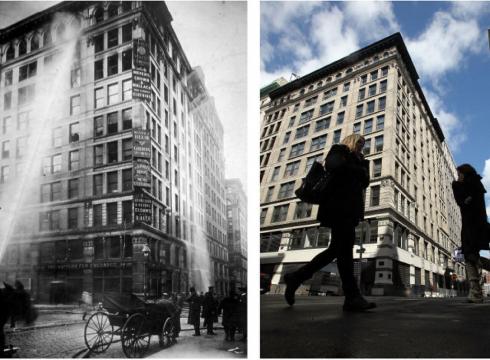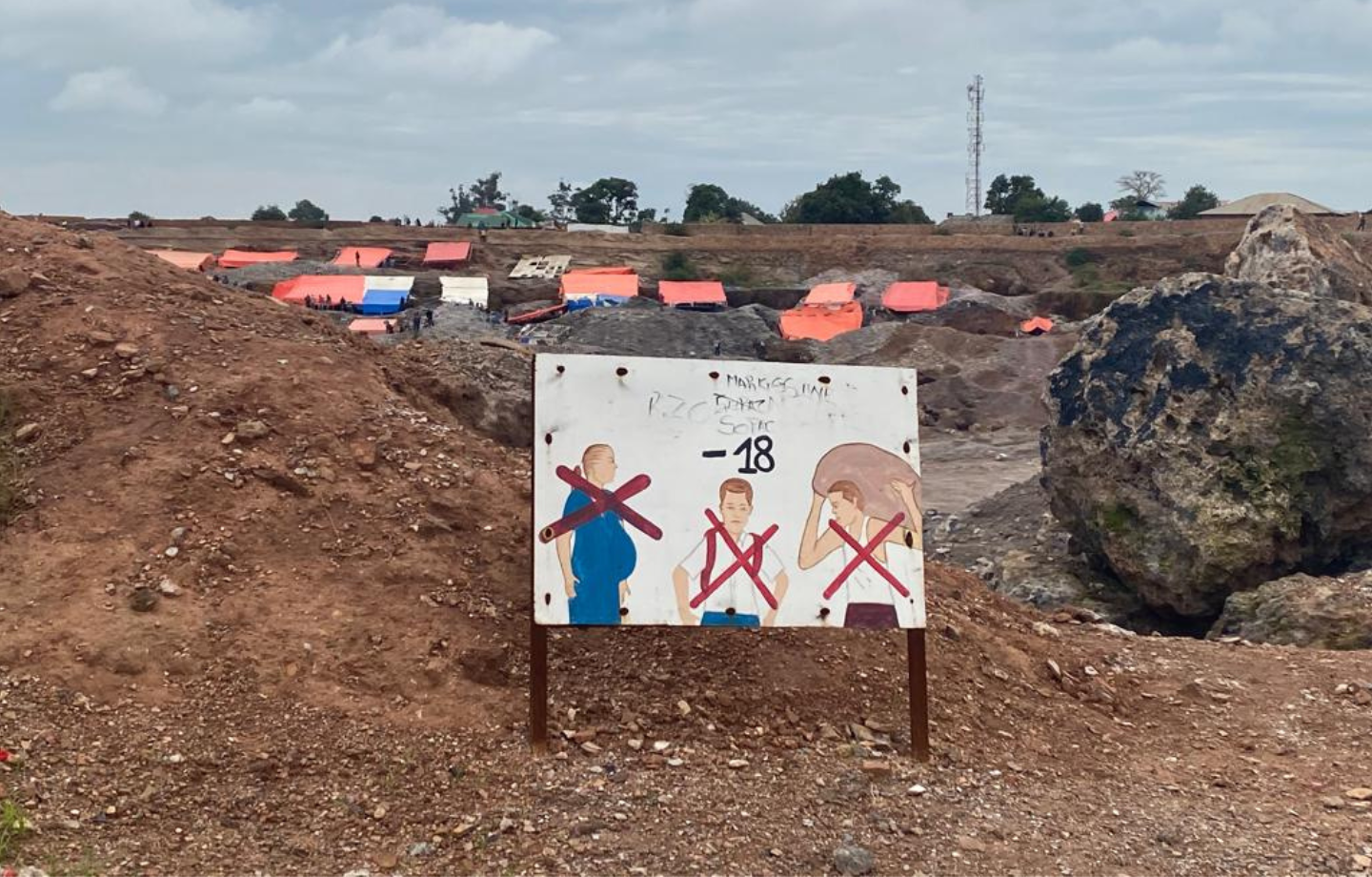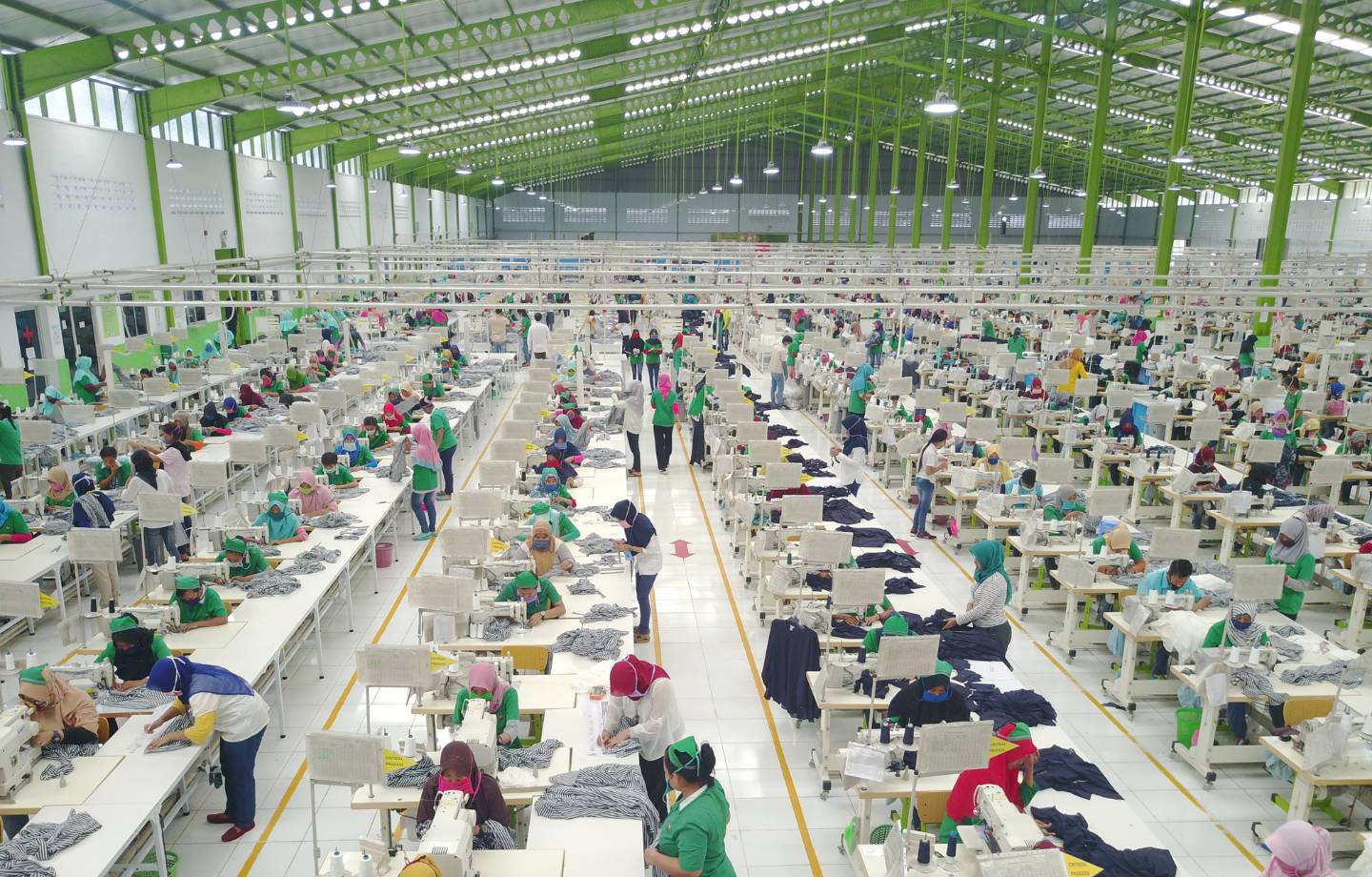Factory safety and labor protections; the difference between the Triangle Shirtwaist factory fire and Rana Plaza

March 25, 2016
Friday, March 25 is the 105th anniversary of the Triangle Shirtwaist factory fire. The fire happened in 1911, when New York’s garment industry was a pathway into the formal economy for many immigrant workers. The details of the fire are hauntingly familiar to anyone who follows the news out of today’s global supply chain: young people working for low wages trapped in a burning factory building. One hundred and forty six people were killed in the fire.

The Brown Building, where the Triangle Shirtwaist factory was located, is now an NYU chemistry lab that I pass a few times a week when I walk to lunch or a meeting. On Wednesday, the Remember the Triangle Fire Coalition hosted its annual rally outside the building that connects today’s labor movement with poignant remembrance of workers who were killed more than a century ago. The coalition recently won an important victory in getting New York state funding to construct a memorial at the site (see Steve Greenhouse’s reporting on the memorial here).
In my work on supply chains, I hear an argument pretty regularly that the lesson of Triangle is that all countries move through a period of unfortunate tragedy on the path toward industrial development. In this telling, Rana Plaza doesn’t look so different from Triangle, and a country like Bangladesh (or Cambodia or Pakistan) will naturally evolve toward higher-end manufacturing with greater oversight and fewer worker deaths.
In the United States, Triangle was a seminal moment. The tragedy quickened the rise of the union movement and a shift toward a more powerful and well resourced federal infrastructure for labor rights enforcement. Frances Perkins, who became the first Secretary of Labor (and the first female cabinet member) witnessed the fire at Triangle and went on to be a leader in the effort to implement better protections for workers in New York and across the country. I was reminded of this kind of swift, government-led response in watching Governor Cuomo’s rapid reaction to the New York Times reporting on abuse of immigrant nail salon workers. The governor quickly announced a plan, implemented rule changes, and committed resources for stepped up enforcement and awareness raising.
But it’s not a given that countries will naturally evolve out of a period of unregulated, unsafe, low-value manufacturing into cleaner, safer, more valuable kinds of production. Countries that have made transitions out of low-wage manufacturing toward higher-value sectors like electronics, automotive, and airplanes – the United States, China, Germany, Japan, and South Korea, to name a few – did so as a result of concerted government effort and planning. They used tax revenues to build infrastructure and educate workers in fields like engineering, computer science, and design. Some developed intellectual property protections to promote innovation and R&D.

Looking around the world at today’s low-wage garment manufacturing hubs, they look very different than New York and the United States in 1911. Countries like Bangladesh or Guatemala have been making the same low value-add products for the last three decades. Export processing zones insulate export-oriented manufacturing from the rest of the economy, which limits backward linkages and the development of other supportive industries. Workers are not receiving training in the skills necessary to support more sophisticated manufacturing. Governments are not investing in infrastructure – roads, power, gas, and ports – that undergird more efficient operations.
On the anniversary of the Triangle factory fire, it’s important to remember that tragedy doesn’t always yield opportunity. We can’t assume that countries will naturally evolve from t-shirts to cars. In the United States in the aftermath of the Triangle fire, it took concerted government action to enact and enforce labor rights protections for workers (a struggle that is ongoing). In today’s low-wage garment producing hubs, governments are not proving capable or willing to take similar action. In a globally integrated economy, we can’t rely on poorly resourced governments to undertake similar transitions toward greater oversight and greater value on their own. It will take multi-stakeholder collaboration and a shared responsibility approach to deliver the protections to which all workers are entitled.
 Global Labor
Global Labor


